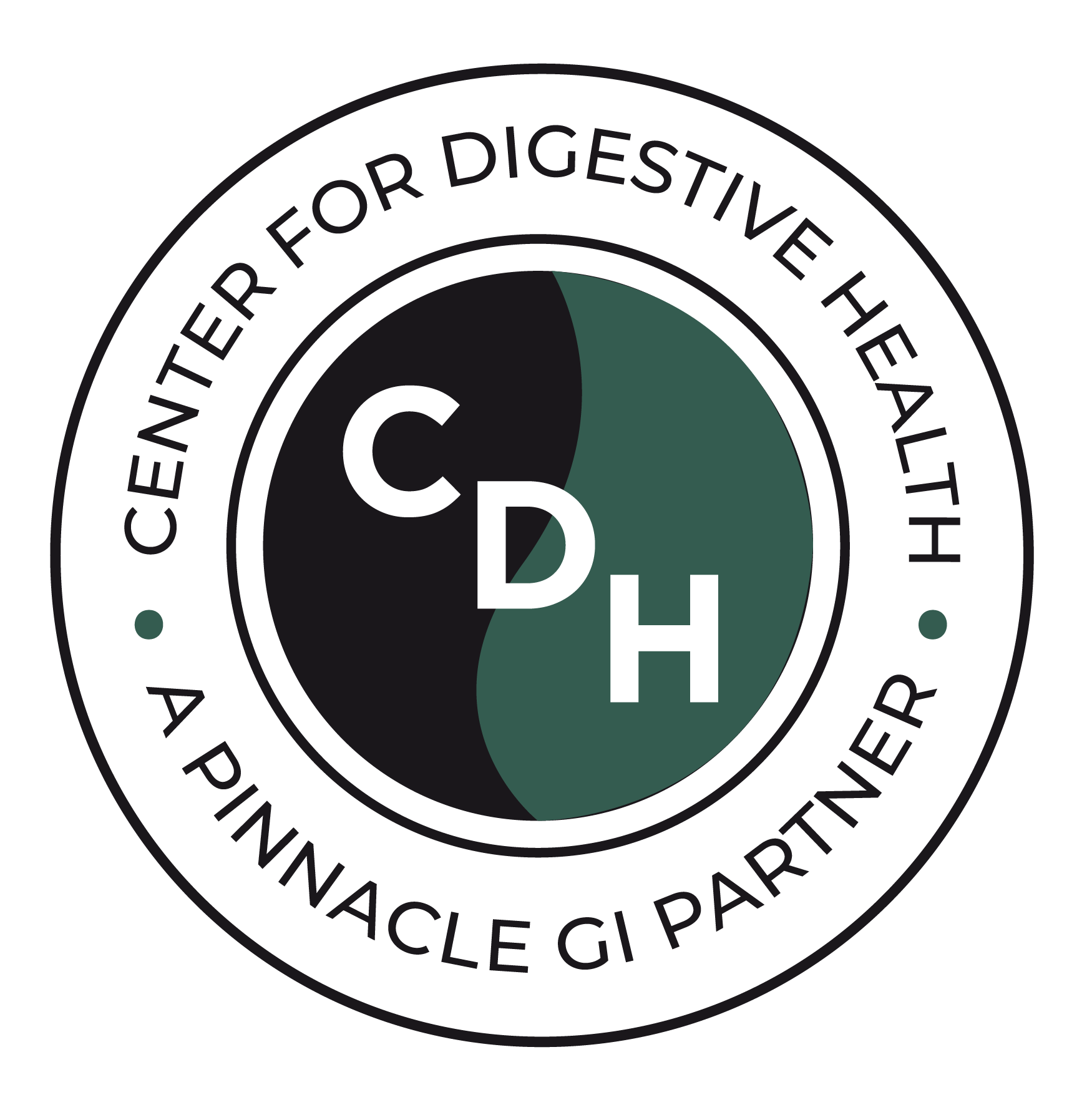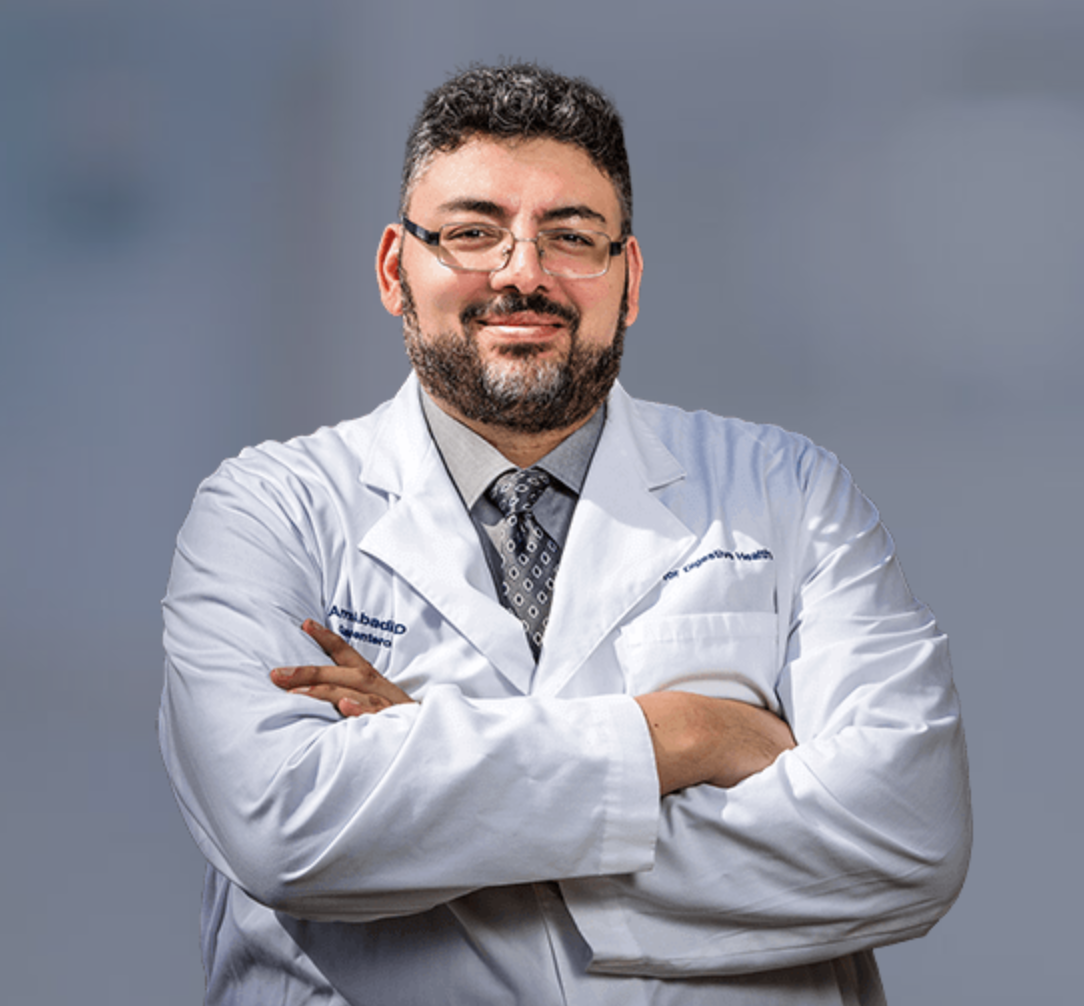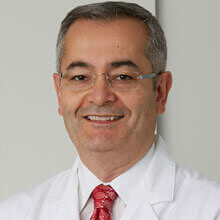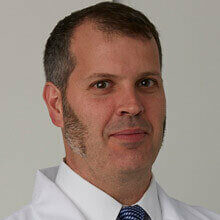Primary biliary cholangitis is a chronic health condition that occurs when your bile ducts are destroyed over time. Bile is a fluid in the liver that helps to digest food and rid the body of cholesterol, toxins, and old red blood cells. Damage from primary biliary cholangitis causes bile to back up in the liver, eventually resulting in scarring to the liver. This scarring is often called cirrhosis.
Primary biliary cholangitis is classified as an autoimmune disease, meaning it develops when the body’s immune system inadvertently attacks healthy cells. The condition is typically slow to develop.
What causes primary biliary cholangitis?
Primary biliary cholangitis develops when white blood cells begin to attack healthy cells within the bile duct in the liver. This leads to inflammation in the smallest bile ducts, which eventually spreads to other parts of the liver and causes scarring or cirrhosis, making it difficult for the liver to function normally. Primary biliary cholangitis is more common among women than men, and people who have a family member with the condition are also at greater risk. Experts believe that a combination of genetics and environmental factors, such as smoking, infections, and exposure to toxic chemicals, causes primary biliary cholangitis.
Is primary biliary cholangitis serious?
Primary biliary cholangitis can lead to multiple complications. For instance, it can cause cirrhosis or liver scarring, which makes it difficult for your liver to work properly and can eventually lead to liver failure. It can also lead to increased pressure in an important blood vessel called the portal vein. Other complications of primary biliary cholangitis include an enlarged spleen, gallstones, weak bones, vitamin deficiencies, and increased risk of other diseases like thyroid problems and rheumatoid arthritis. It can also lead to problems with memory, and some people may even develop liver cancer with primary biliary cholangitis. In addition, backed up blood from primary biliary cholangitis can cause increased pressure in veins, which may result in them breaking open and bleeding. When bleeding occurs in the stomach or esophagus, it is life-threatening and requires immediate medical care.
How is primary biliary cholangitis treated?
Primary biliary cholangitis cannot be cured, but there are medications that can slow disease progression and reduce the risk of complications. For example, a type of medication called ursodiol can help bile to flow through the liver, which improves liver functioning and reduces scarring. If medications are no longer working and a person begins to experience liver failure, a transplant may be needed. People with primary biliary cholangitis may also take medications that control symptoms like itching and fatigue. For example, antihistamines can keep itching under control.
Common Symptoms
- “My doctor discovered primary biliary cholangitis when conducting routine blood work. Initially, I did not have any symptoms, but several years later, I developed itchy skin as well as dry eyes and mouth.”
- “In the later stages of primary biliary cholangitis, I experienced pain in the upper right portion of my stomach, as well as yellowing in my skin and eyes.”
- “After having primary biliary cholangitis for several years, I developed muscle pain and swelling in my feet and ankles, and I often had diarrhea.”

















